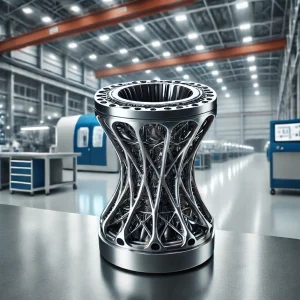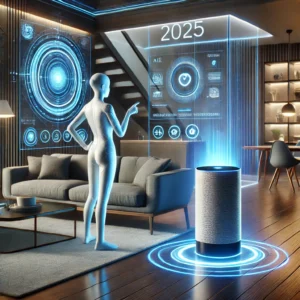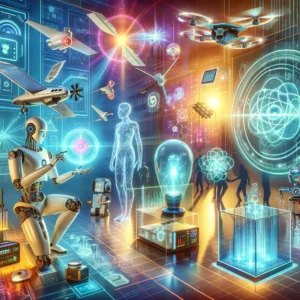The Role of 3D Printing in Revolutionizing Manufacturing

The Role of 3D Printing in Revolutionizing Manufacturing.
Discover how 3D printing is revolutionizing manufacturing. Explore its applications, advantages, and role in shaping the future of production with cutting-edge technology.
The manufacturing sector has experienced transformative innovations over the past few decades, but none as revolutionary as 3D printing, also known as additive manufacturing. This groundbreaking technology has not only disrupted traditional manufacturing processes but also opened up new avenues for customization, efficiency, and sustainability.
In this article, we’ll explore how 3D printing is redefining manufacturing, its applications, advantages, and its role in shaping the future of production.
—
What is 3D Printing?
3D printing is a process of creating three-dimensional objects layer by layer from a digital model. Unlike traditional subtractive manufacturing methods that remove material, 3D printing adds material where necessary, resulting in less waste and greater precision.
The technology uses materials such as plastics, metals, ceramics, and even biological substances, enabling diverse applications across industries.
READ ALSO: 10 Simple Tips to Keep Your Devices Safe from Hackers.
—
Applications of 3D Printing in Manufacturing
1. Prototyping and Product Development
Rapid prototyping has become synonymous with 3D printing. It allows engineers and designers to create functional prototypes quickly and cost-effectively. Companies can test and iterate designs without significant investment in molds or tools.
2. Custom Manufacturing
3D printing excels in producing highly customized products. From personalized medical implants to unique consumer goods, manufacturers can cater to individual customer needs with ease.
3. Aerospace and Automotive
Aerospace and automotive industries leverage 3D printing to create lightweight, durable parts. These industries benefit from reduced material waste and enhanced design flexibility, leading to cost savings and improved performance.
4. Healthcare
In the medical field, 3D printing is used to produce prosthetics, implants, and even bioprinted tissues. The ability to customize items for individual patients has revolutionized healthcare solutions.
5. Construction
3D printing is making waves in construction by enabling the creation of complex architectural designs and even entire buildings. It reduces labor costs, speeds up construction, and minimizes material usage.

—
Advantages of 3D Printing in Manufacturing
1. Cost Efficiency
By reducing material waste and eliminating the need for expensive molds and tools, 3D printing lowers production costs. It’s particularly beneficial for small-scale manufacturing and prototyping.
2. Faster Production
Traditional manufacturing methods can take weeks or even months to produce a part. With 3D printing, production time is drastically reduced, enabling faster time-to-market.
3. Sustainability
Additive manufacturing produces less waste compared to subtractive methods, making it more environmentally friendly. Additionally, it allows for the use of recycled materials.
4. Design Flexibility
Complex geometries that are impossible to achieve with traditional methods can be easily created with 3D printing. This opens up endless possibilities for innovation.
5. Reduced Supply Chain Complexity
With 3D printing, parts can be produced on-demand, reducing the need for inventory storage and complex supply chains. This is especially valuable in industries requiring spare parts.
—
Challenges in Implementing 3D Printing
While 3D printing offers numerous benefits, its adoption in manufacturing isn’t without challenges:
Material Limitations: Not all materials are suitable for 3D printing, and the development of new materials is still ongoing.
High Initial Costs: The cost of 3D printers and materials can be prohibitive for small businesses.
Skill Requirements: Mastering 3D printing technology requires specialized knowledge and training.
Speed Constraints: For mass production, traditional methods are still faster in many cases.
—
The Future of 3D Printing in Manufacturing
As technology advances, the future of 3D printing in manufacturing looks promising:
Increased Adoption: As costs decrease and accessibility improves, more companies will integrate 3D printing into their workflows.
Material Innovation: The development of new materials will expand the applications of 3D printing across industries.
Integration with IoT and AI: Combining 3D printing with IoT and AI will enable smarter manufacturing processes and enhanced automation.
Sustainability Focus: The push for greener technologies will drive innovations in sustainable 3D printing practices.
—
Conclusion
3D printing is revolutionizing manufacturing by introducing unparalleled flexibility, efficiency, and sustainability. From prototyping to mass production, its applications are vast and transformative. As the technology continues to evolve, it will undoubtedly shape the future of industries worldwide.





